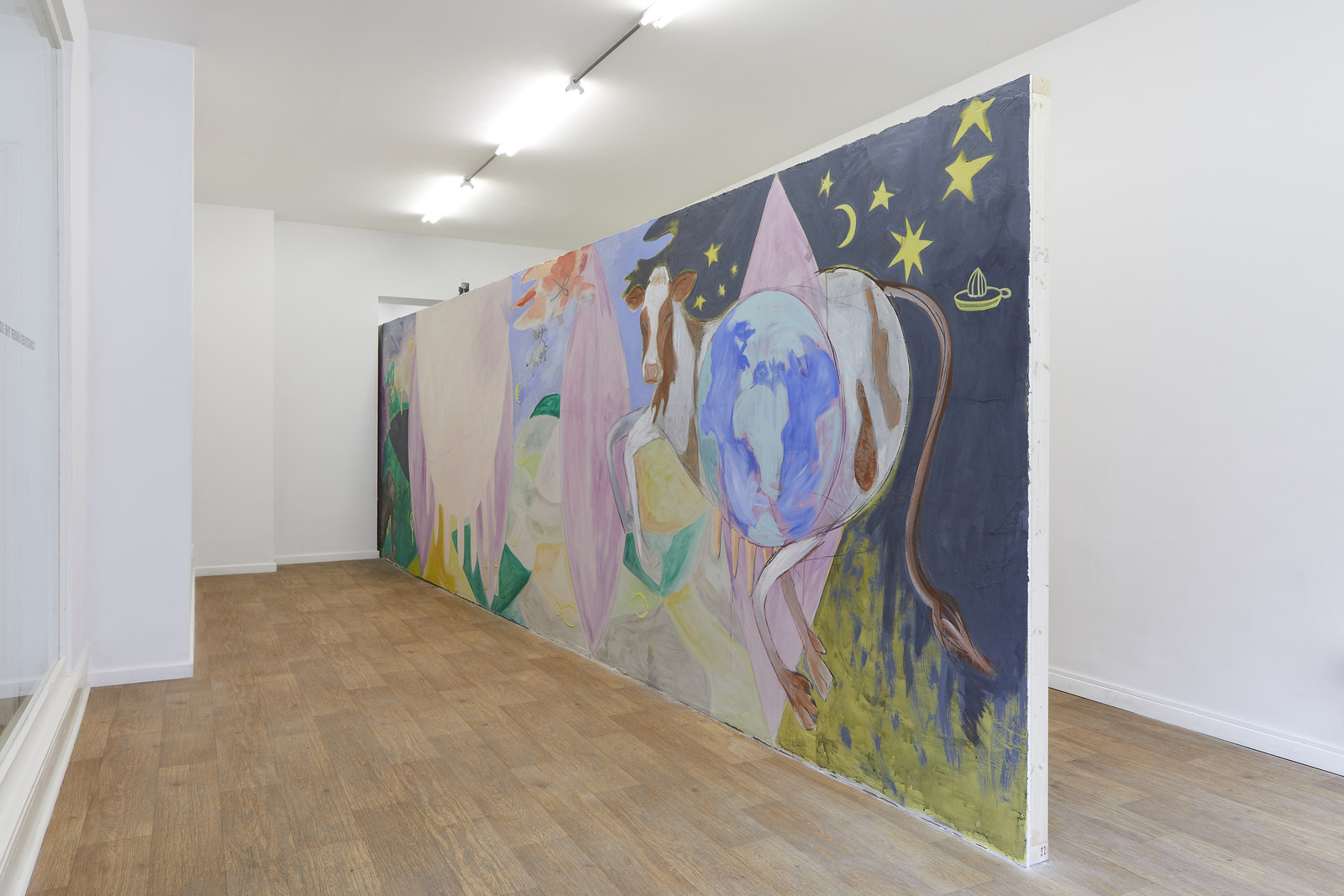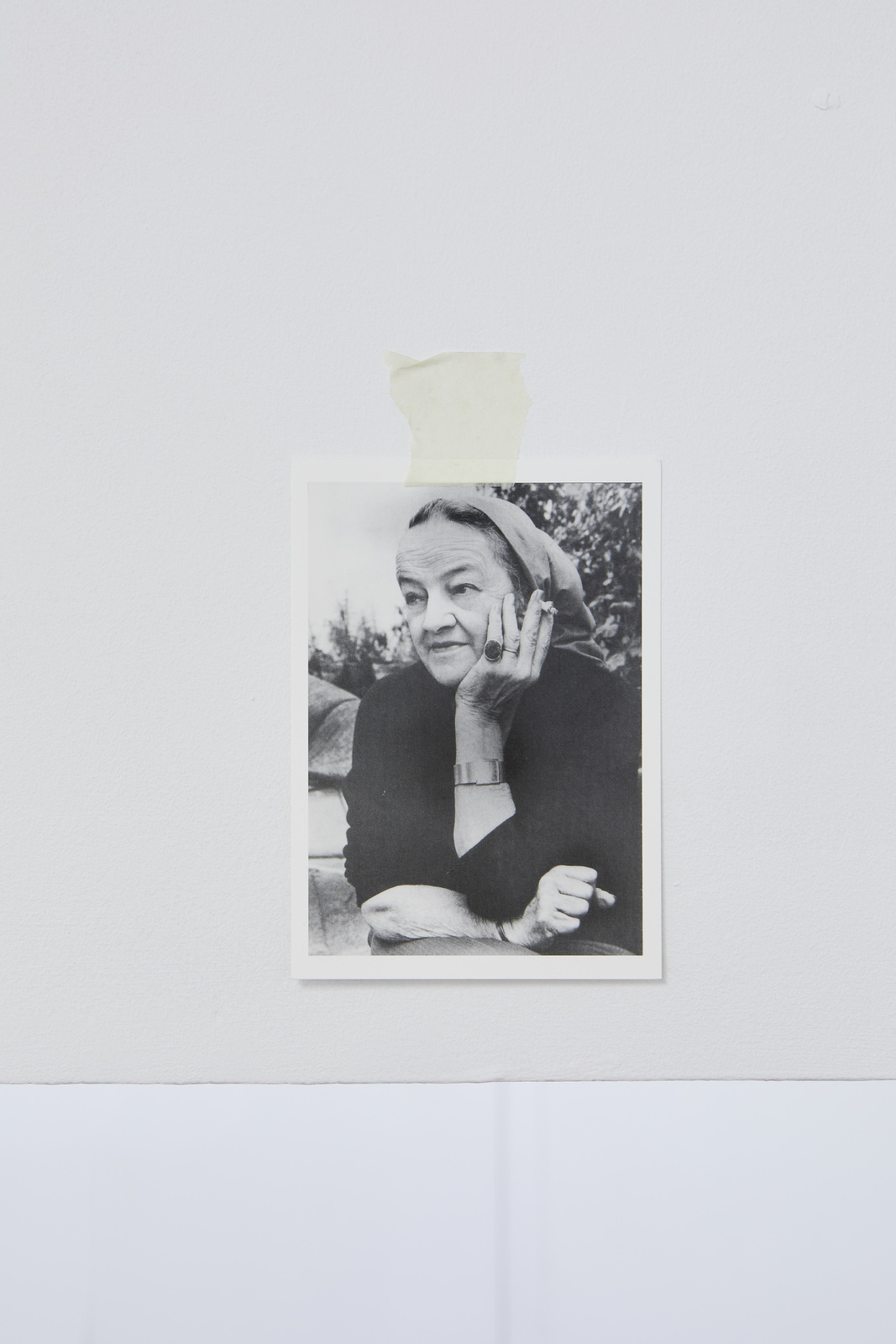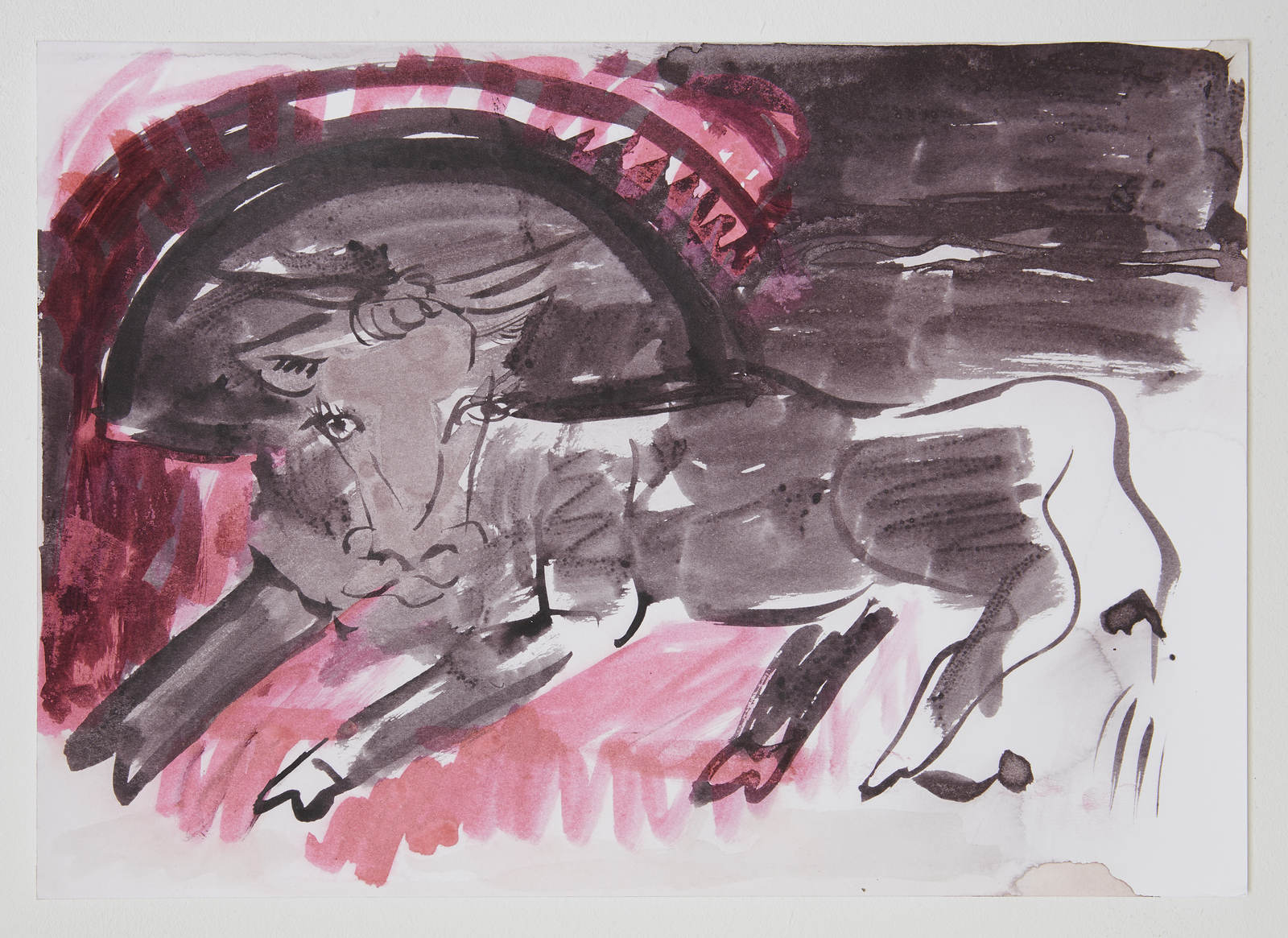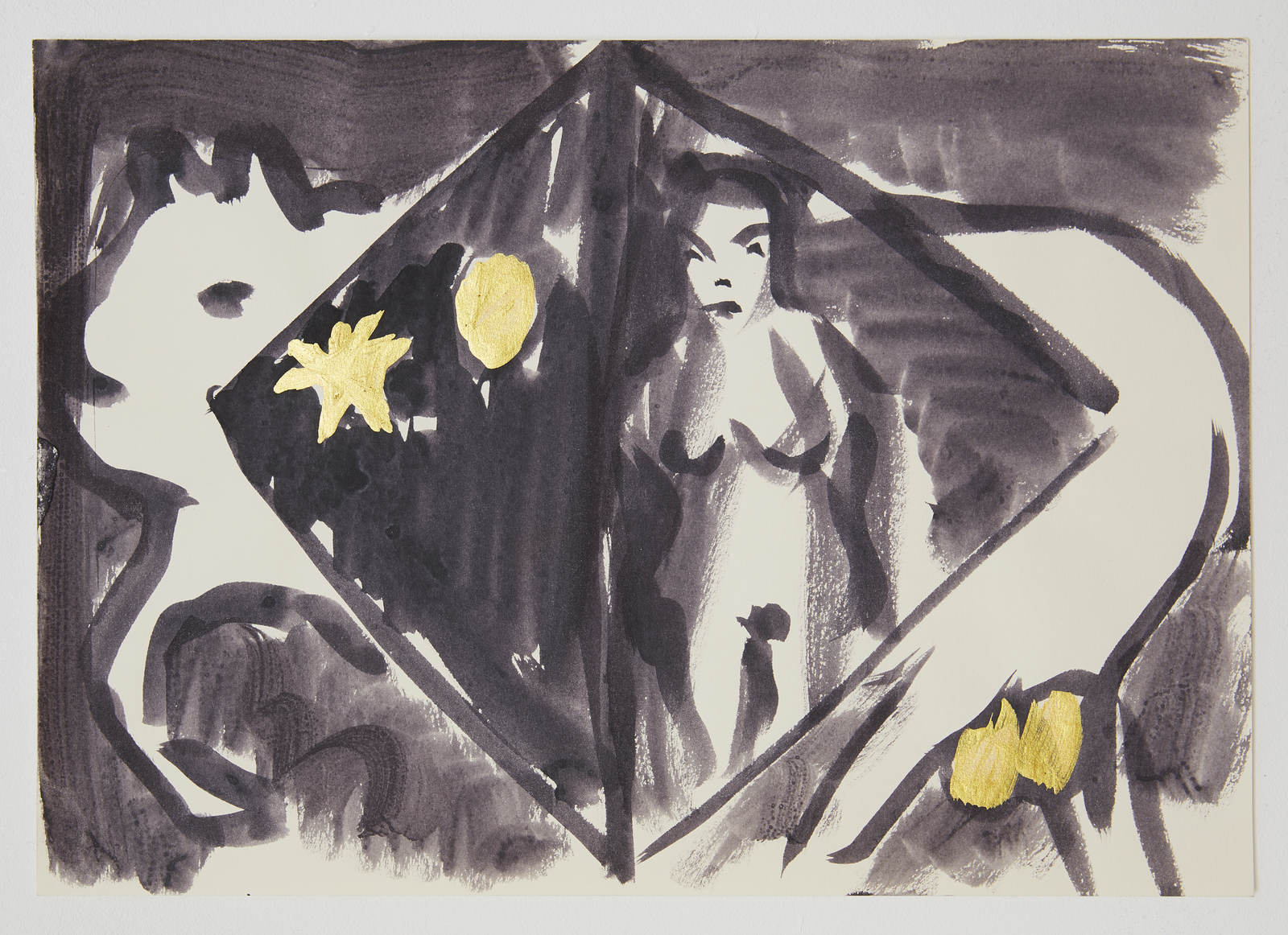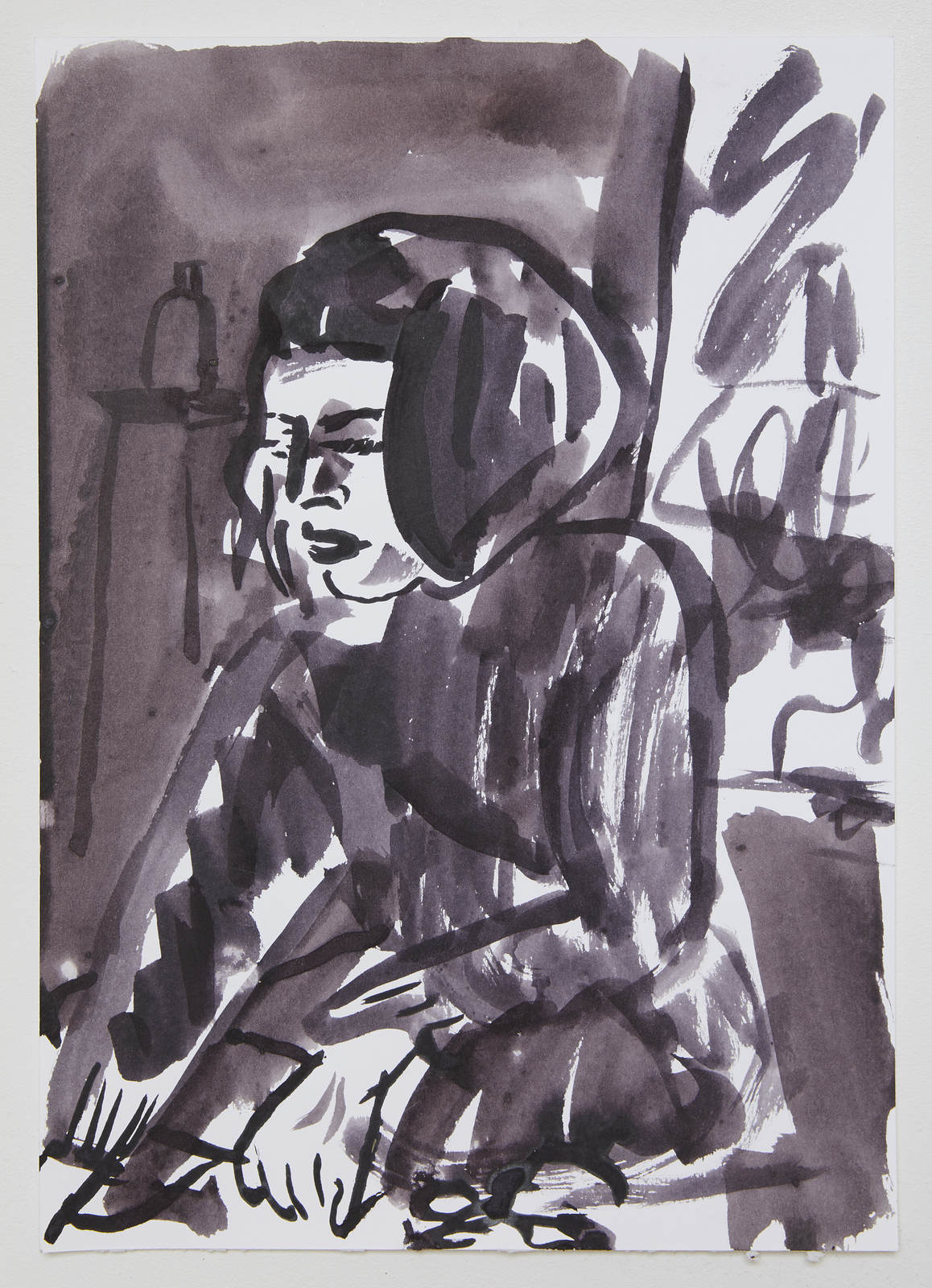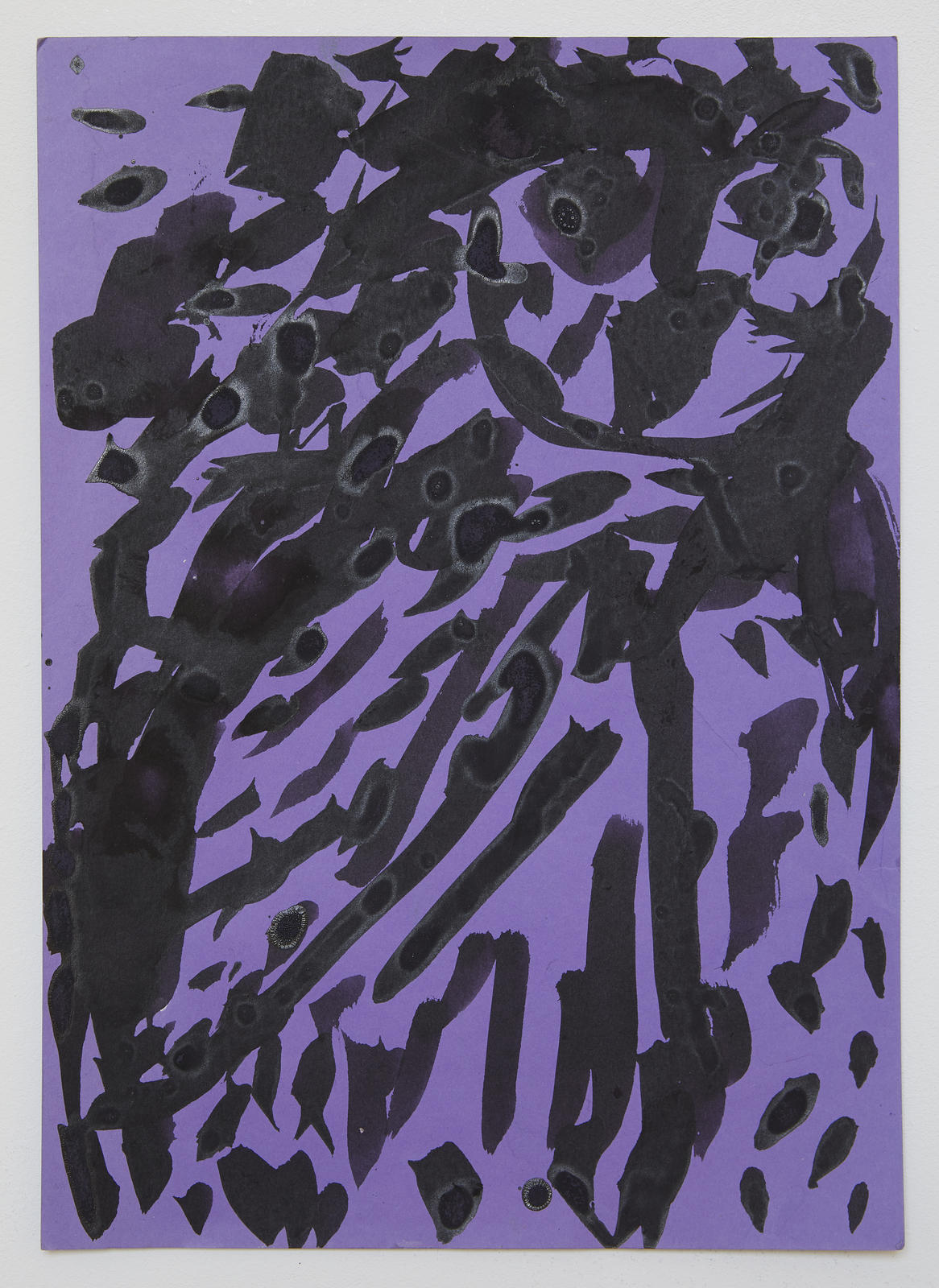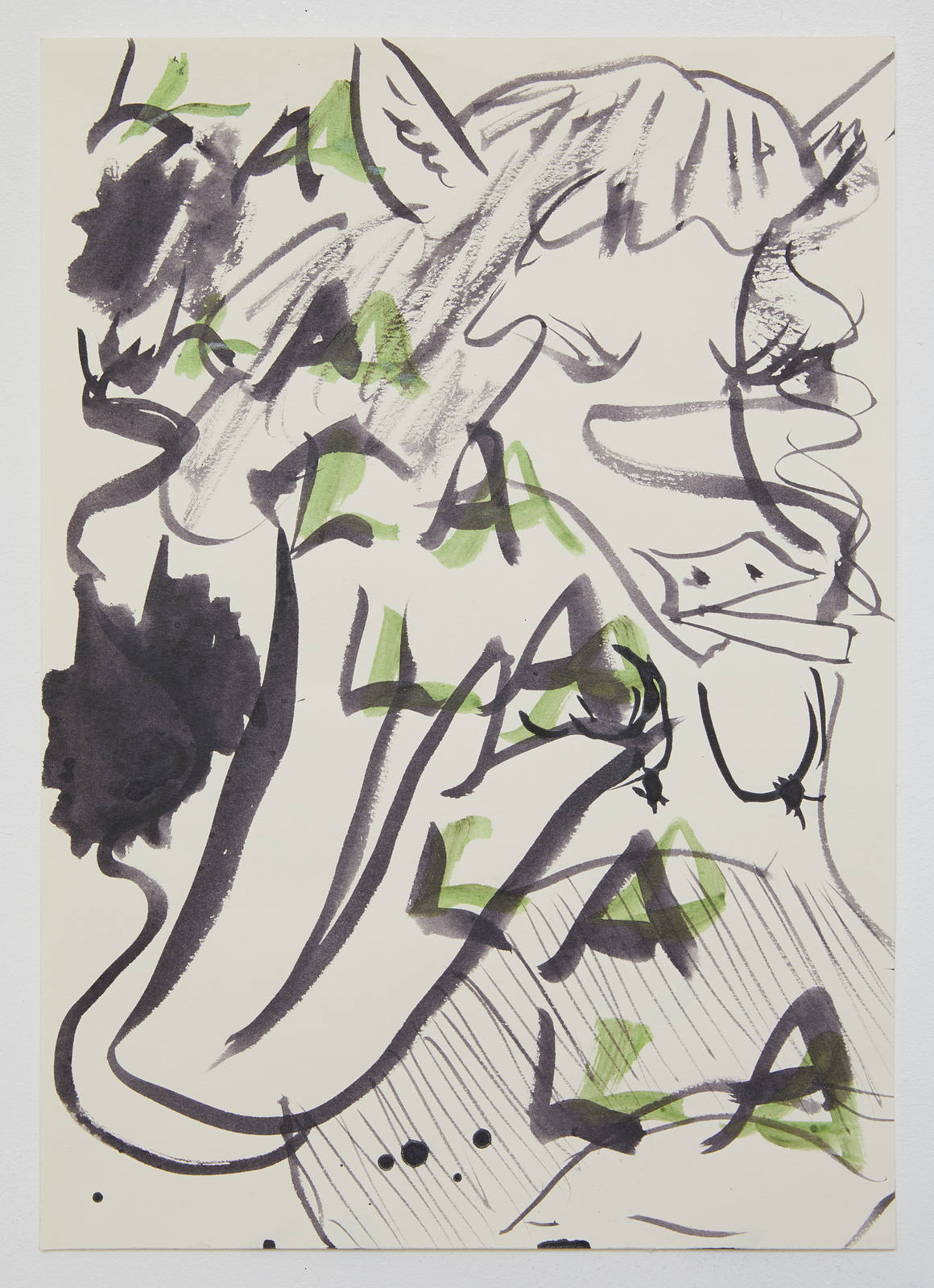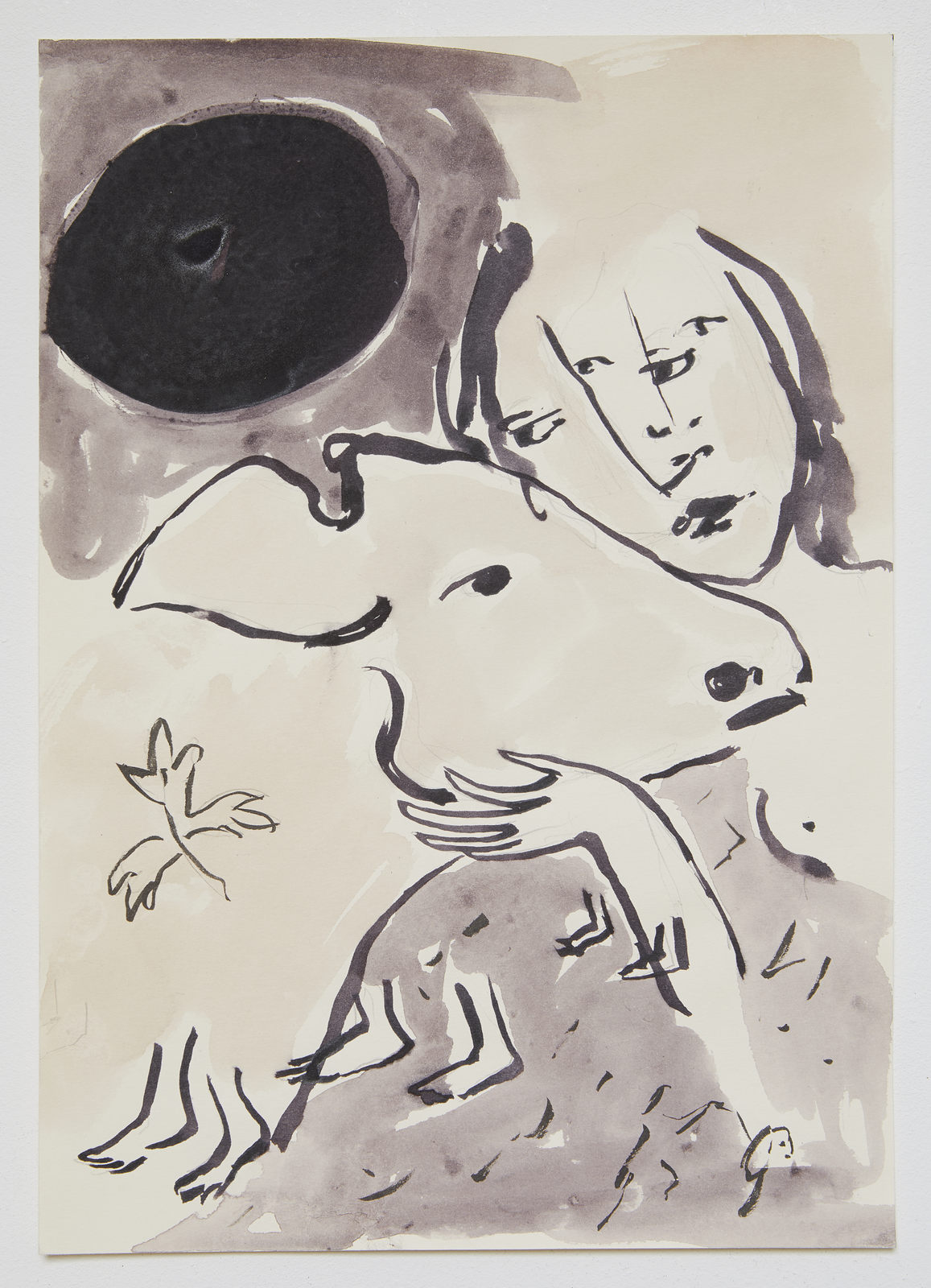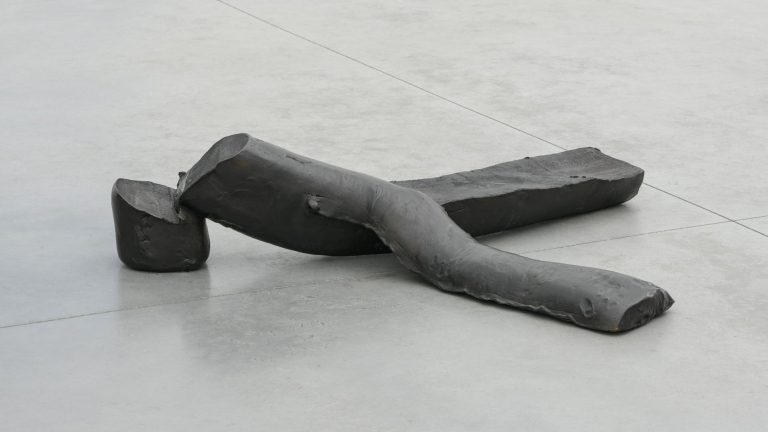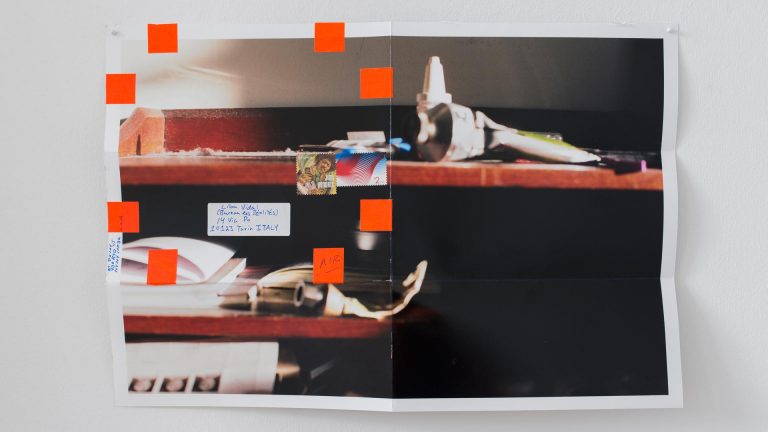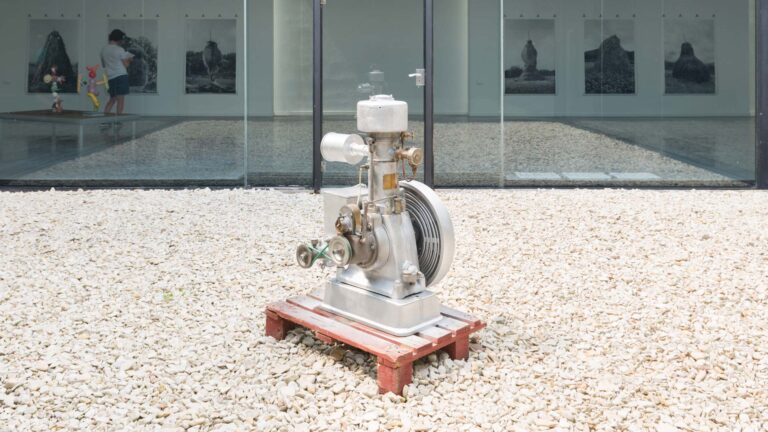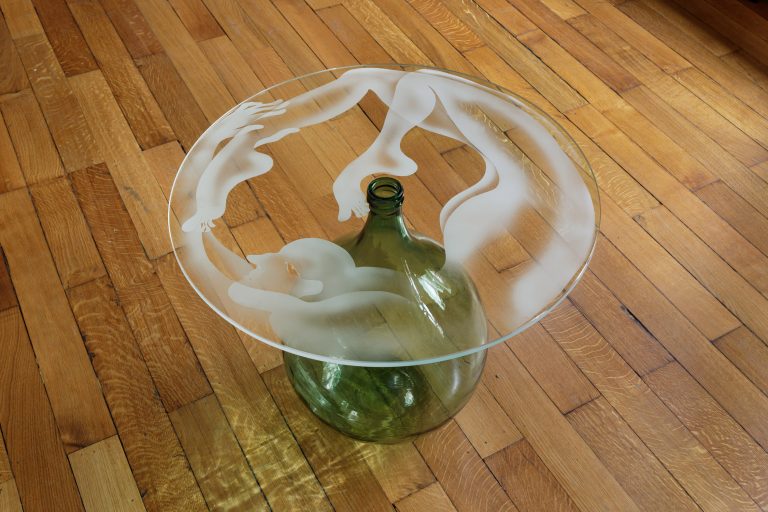Artists: Vanessa Disler, Tiziana La Melia, Nina Royle, Lucy Stein, Charlott Weise
Exhibition title: Global Cows
Venue: Damien & The Love Guru, Brussels, Belgium
Date: March 16 – April 27, 2019
Photography: We Document Art / all images courtesy of the artists and Damien & The Love Guru, Brussels
Every bristling shaft of pride church or nation, team or tribe
Every notion we subscribe to is just a borderline. Good or bad, we think we know, as if thinking makes
things so! All convictions grow along a borderline…
~Joni Mitchell
Five women inside a shelter. Out of the plague of the technosphere.
The charm of civilization fades.
Suddenly, a different narrative frame appears.
A symbolic pilgrimage into English natura.
The meeting is in a bucolic setting.
First Tale – A pastoral pilgrimage
Stein and Royle invite three friends to Cornwall: Disler, La Melia, and Weise. Together, with ten month old Mary May, they travel on a path that spreads: North and South, West and East. Time and space are malleable energies, a prelude to initiation. Smells, temperature, humidity, wind, and colors envelope centuries-old traces made by ancient rocks, those ancient dividers of land. During the walk there are stoppings and meetings, among these a visit to a church, in the town of St. Just, where they stand in front of a fresco-secco painting. It is a Christlike figure, the “Christ of Trades,” who blesses the working tools of the various occupations of laborers. Christ is nipped and pinched by these tools which draw droplets of blood from his legs. This image meets the technical aptitudes of the traveling artists.
Second Tale – The meeting with Pan
The path is an act of metamorphosis in progress. Walking liberates one from hegemonic forces, allowing new ideas to materialise. The bucolic atmosphere evokes the myth of Arcadia and one of its protagonists: Pan. In Greek mythology, Pan is a divinity associated with the woods and nature. A protector of the shepherds and of their world, he embodies a figure akin to an oracle or to the elderly. In Cornwall, Pan merges with Bucca, a Celtic sea sprite who embodies the ambivalent forces of nature and who is a male counterpart to the mermaid. Pan or Bucca, a cosmopolitan shepherd, leads the artists on a geographical pilgrimage and symbolic inner jour-ney. The cosmopolitan shepherds follow fields, stones and cliff dwelling cows. Rurality becomes a Panhumanistic resource.
Third Tale- Collaboration: Global Cows
The desire to make time for contact with nature carries the artists into an erotic and thoughtful future, one of collaboration and unity with narrative and painting. From this collaboration, the idea of Global Cows is born—the cow refers to fertility and abundance in Hindu religion; the myth of Europa; as a symbol of Swiss folk imagery; one of cultural foundation (and breeding); and lastly, an ever-pressing symbol of slaughterhouses, and the environmental problems we ignore. Emerging from the intersecting and overlapping cultural symbolism that results from varying human relationships to the cow, the idea of sharing emerges: “creating a new culture is not just a matter of individuals making “original” discoveries but also, and above all, of disseminating already discovered truths”1. It is a starting point for the five artists, exploring a mulch of ideas that reacts against the walling of place.
Fourth Tale- Poetry and Painting
In continuity with the life forms of the present and the past, and with an idyllic materiality, the artists create a long mural with the technique of fresco-secco. It is a free painting in space, in the spirit of prehistoric wall painting—where the subjects were, not by chance, often cows. The cows also become the transposition of the artists into the landscape. On display are their pre-liminary drawings, which joyfully show the poet as a medium between the symbolic nature and its historical context, in the tradition of bucolic poetry. Against extreme human selfishness with which the fate of this planet is governed, a joyful cosmic and cosmological image is populated by the same animal, with different meanings gathered under the same udder sun. The materials used in the drawings is partly “pastoral”, using oak gall ink. During their walk, the artists found this miracle of nature: a ball created between wasp larvae and the bark of an oak tree.
Firth Tale – Barbed wire brambles
Cows graze quietly among the oaks. They chew and live in the oblivion of these days. Illegally, they cross through the gates that man will construct. “Where we will put the gate as a border, the animal will cross it – as the ‘only real outlaw’ – illegally. After all, to tell the truth, the only way to make sense is if one is not allowed to enter it. The animal will find its escape route precisely where there will be apparently no escape. And, potentially, on this route, it will find something else. So, nevertheless, freedom?”2
The End – Agricultural Exchange (dance party)
Poetry will erupt in an electronic song.
The hymn to species and the ecological dance call us in front of a primordial future.
The sea will not turn purple, because the green will be left to the free swarms of pastures.
Our body is now ready for definitive digestion.
A new agriculture for the liberation of species and seeds.
Accuracy and ruminations in prehistoric and futuristic countrysides.
Text by Sonia D’Alto
1.Antonio Gramsci, The Prison Notebooks, Columbia University Press, 1971.
2.Oxana Timofeeva, History of Animals, Bloomsbury Academic, 2018





